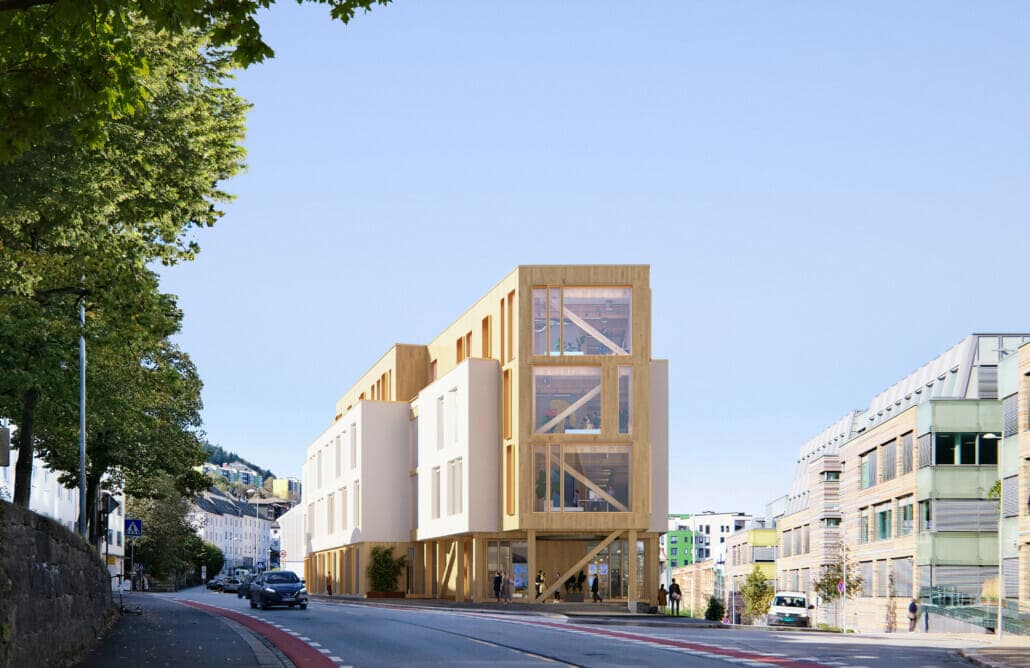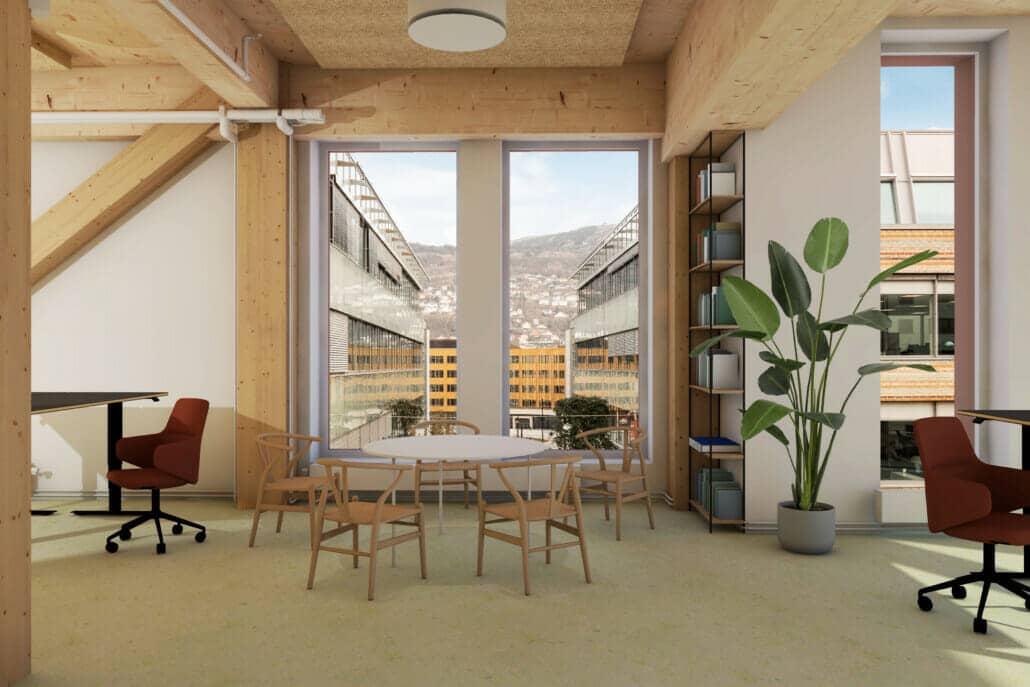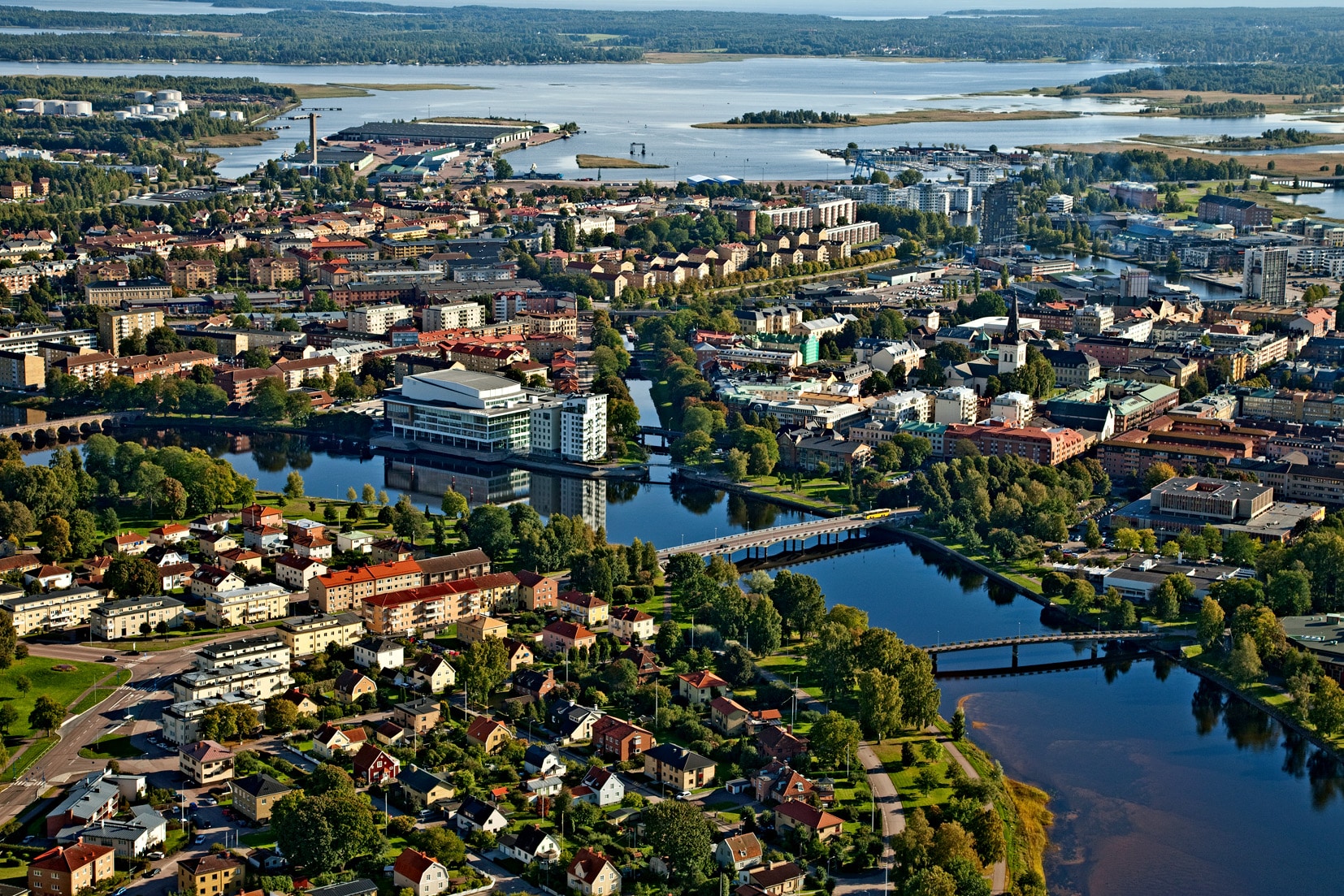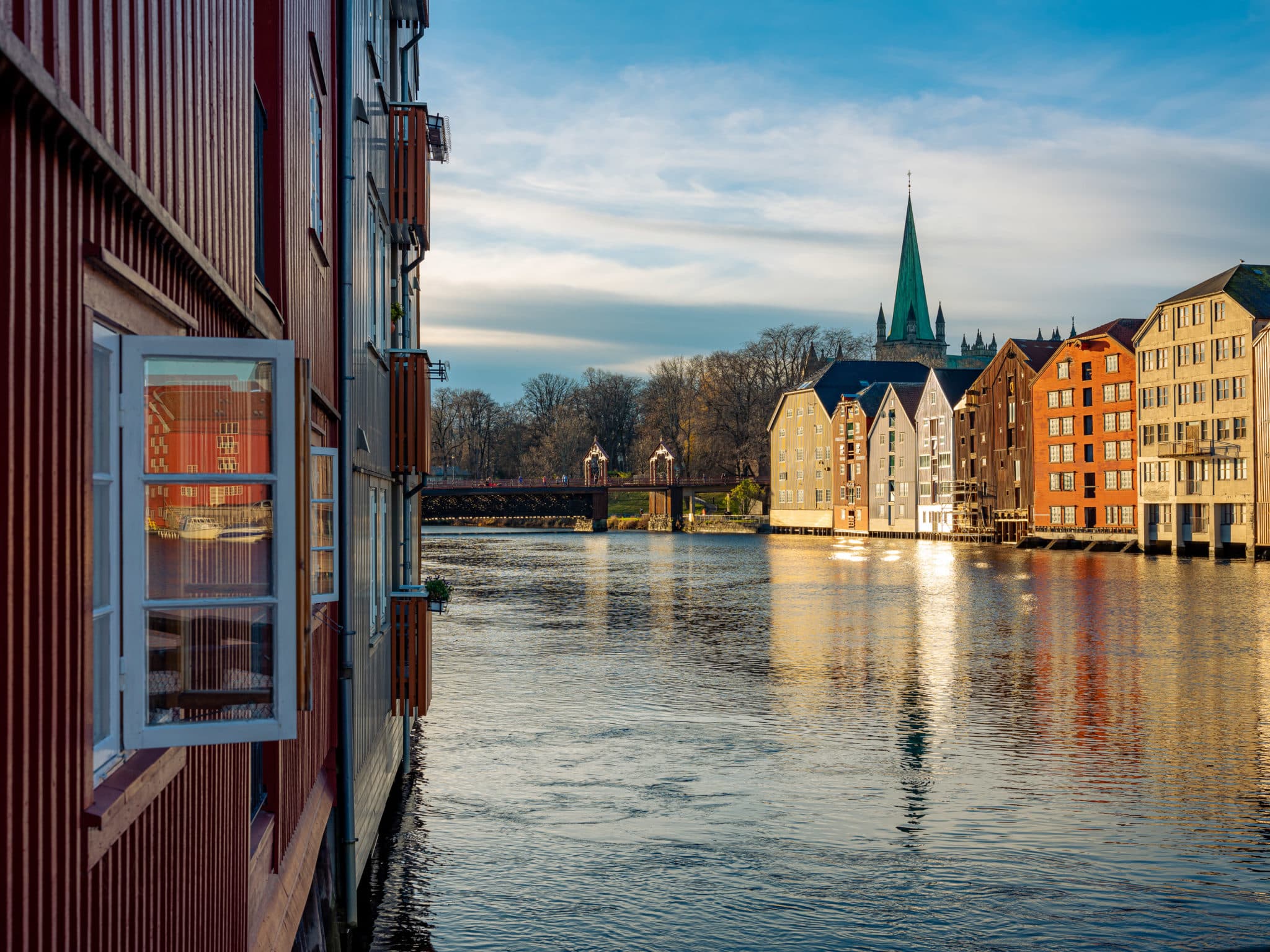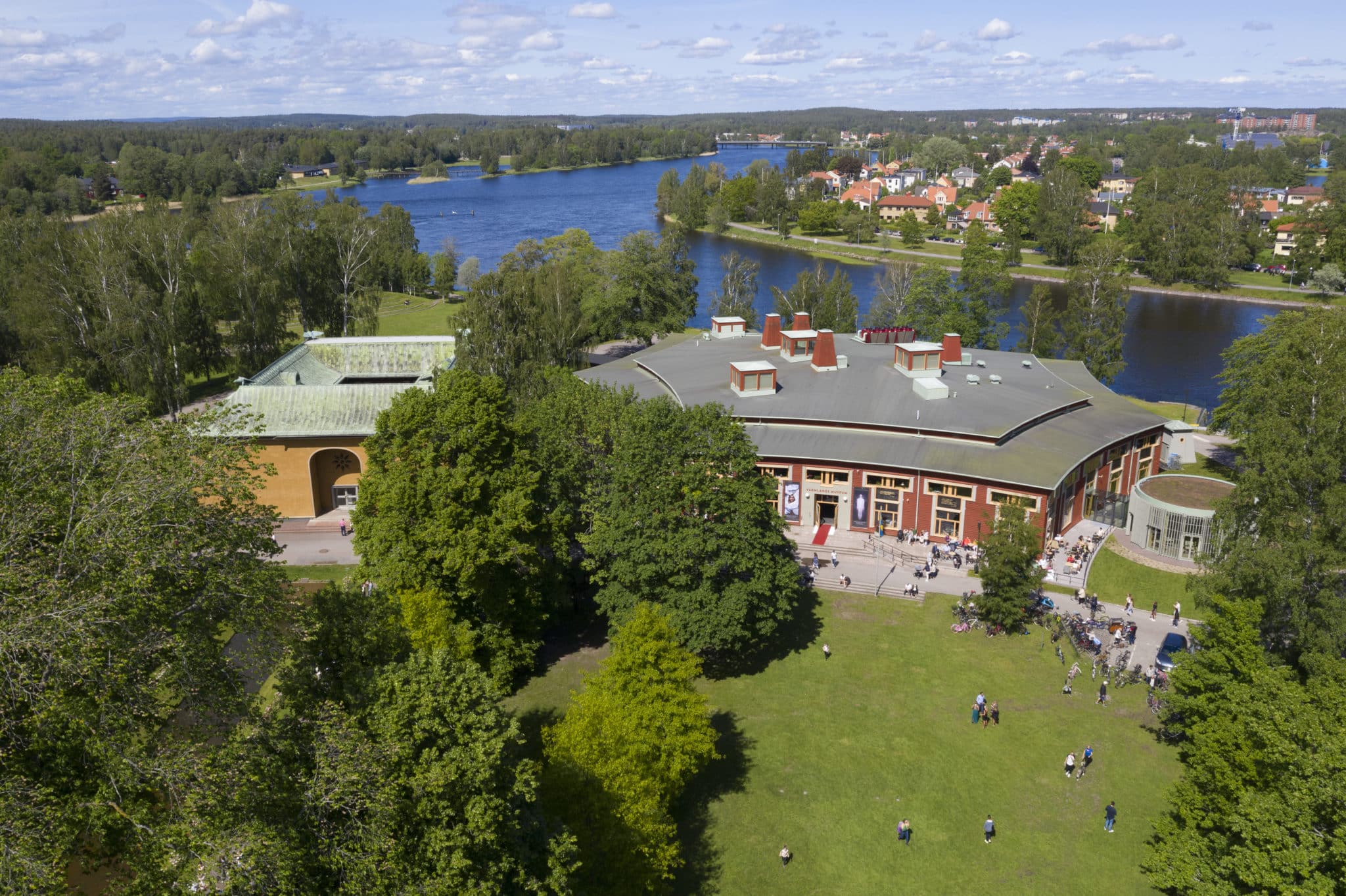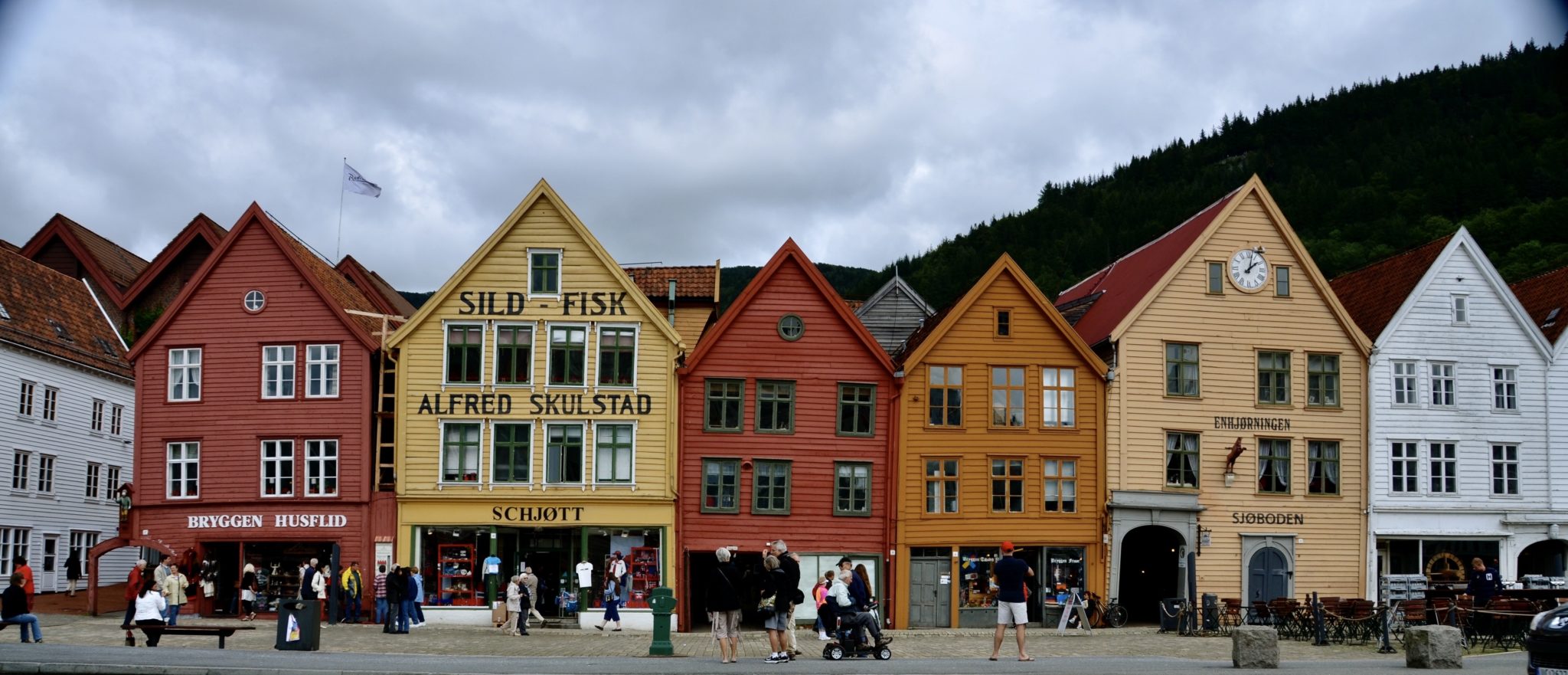
The World Heritage city of Bergen is surrounded by scenic fjord and mountains and has magnificent work of old timber architecture on the quayside, with its image reflected in the water. With an architectural heritage you won’t find anywhere else in the Nordics, the beauty and romance of Bergen stands unparalleled and almost every street corner unveils a new treasure. Bergen’s has contemporary cutting-edge timber architecture, rooted both in the past and built for the future.
Locations: Bergen, Hønefoss, Gol, Geilo, Hardangervidda, Vøringsfossen, Eidfjord, Hardagerfjorden, Gudvangen, Flåm, Lærdalstunnelen,
Departure from Oslo: 23 June 07.00 am
Arrival to Oslo: 25 June 23.00 pm
Price: NOK 10.510 per pers. in a double room and NOK 12.095 per pers. in sgl.rom (Meals incl)
Affiliated to the WCTE-organizing committee: County Governor of Vestland, The Norwegian Wood Cluster, Degree of Freedom (WCTE-Silver sponsor) and LINK arkitektur.
The tour includes:
Featured: 7 businesses and 10 tourist locations Transportation: The tour to Bergen will leave from Oslo Bus Terminal 23th June 2023. The tour to Oslo will leave from Bergen 25th June 2023.
Guide: Tour guide (bus) and local professional guides
Accommodation: 2 nights in Bergen, incl breakfast
Food: 2 Breakfast, 3 Lunch (Friday, Saturday and Sunday), 2 social dinners (Friday and Saturday). Drinks and tips are not included.
Day 1
Prepare for a full day expedition in the famous Norwegian nature. The Post-tour starts with bus from Oslo Bus Terminal to Hønefoss and Viken Skog Headquarter & The Norwegian Wood Cluster. Then you will have a stop at Gol Stave Church, and then lunch at the mountain village Geilo, at majestically Dr. Holm Hotel. The you will drive along the Hardangervidda & the Norwegian Scenic Routes to Hardangerfjord. On the way you will stop at Vøringsfossen – one of the most famous waterfalls in Norway, and social dinner. Check in Bergen at Comfort Hotel Bergen before a social dinner.
Day 2
After breakfast you will visit contemporary timber architecture (Skipet and Krohnen), before a city walk in UNESCO World Heritage Bryggen. Lunch and professional program at Bryggen Tracteursted a UNESCO World Heritage site. Then walk on your own in the beauty and romance of Bergen. Social dinner at the Scenic city.
Day 3
After breakfast and check out, you will enjoy a short visit to “Treet” previously the world’s highest timber residentials building. Then you will visit the newly opened elementary school ‘Borgafjellet’ at the western coast of Norway, near Bergen. After lunch you are driving to Oslo, after entered the trip goes via Gudvangen, Flåm and through the Lærdal tunnel. Arriving Oslo City late evening.
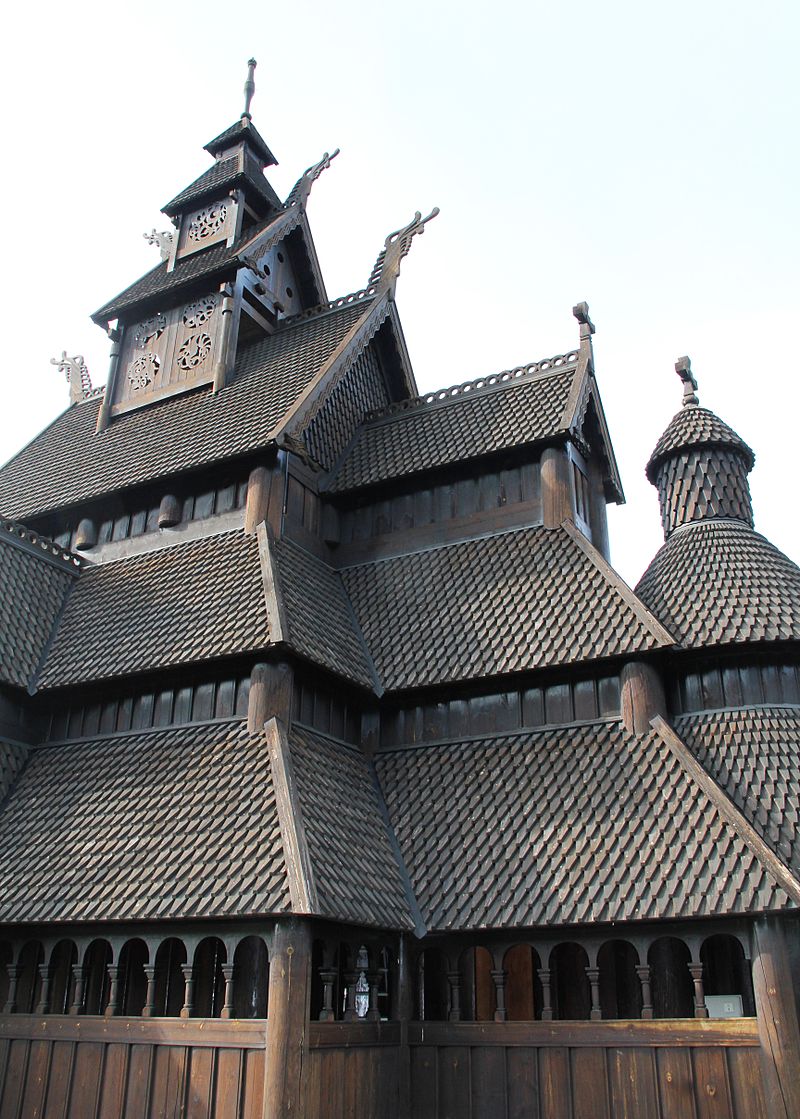
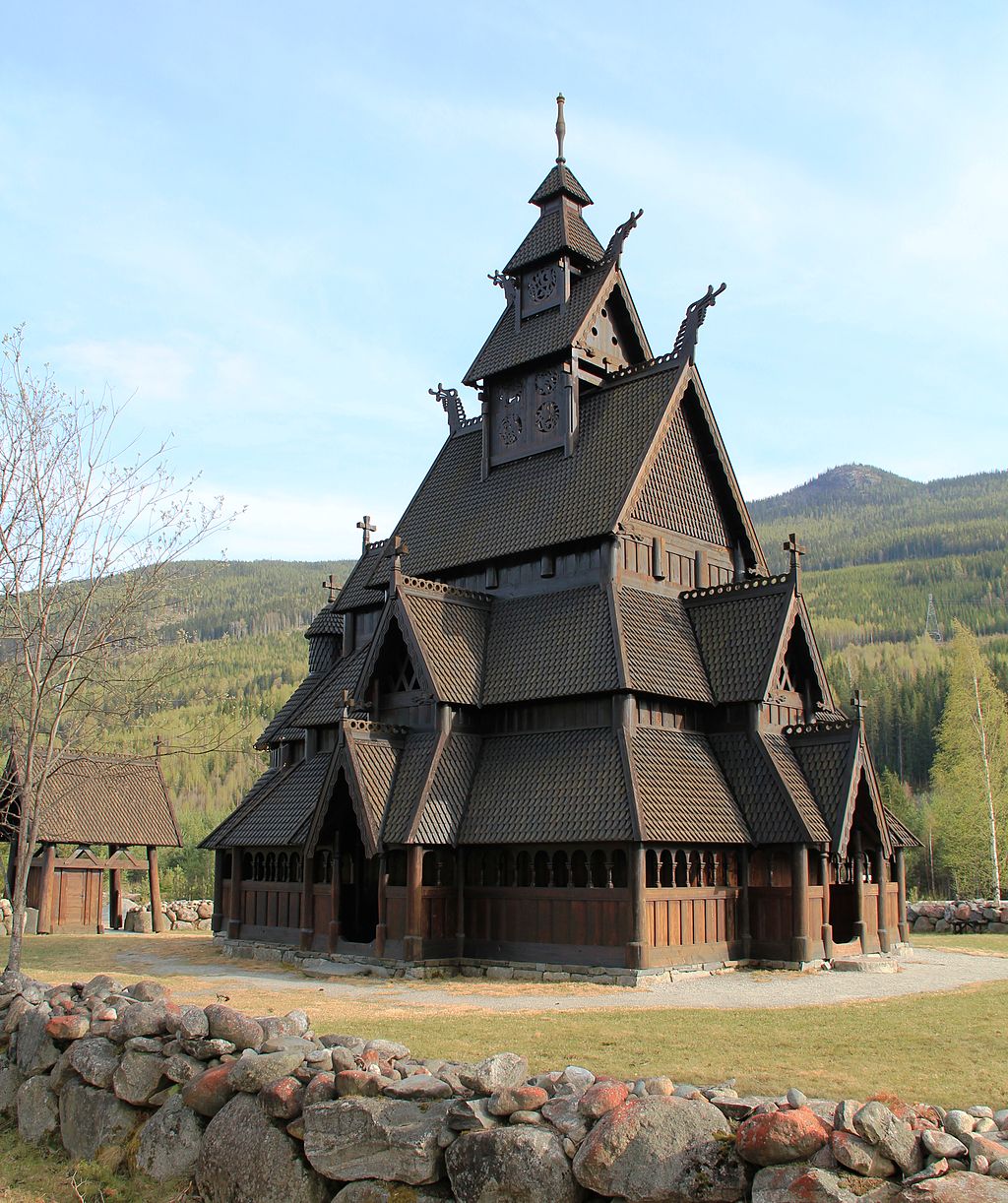
While the original stave church stood high and free up on the mountainside, the copy stands at the bottom of the valley, near the center of Gol. Around the copy, reconstructed Viking Age houses and other elements have been erected. A replica of Gol Stave Church is also in the Scandinavian Heritage Park in Minot, North Dakota in the United States. In the Norwegian Pavilion in Epcot, Orlando, Gol Stave Church is Norway’s landmark.
Gol Stave Church is a stave church originally from Gol in the traditional region of Hallingdal in Buskerud county, Norway. The reconstructed church is now a museum and is now located in the Norwegian Museum of Cultural History at Bygdøy in Oslo, Norway.


Hardangervidda has a range of varied experiences to offer, from where the road rolls gently across the large plateaus to the narrow, steep and wild valley of Måbødalen, before you all of a sudden find yourself no longer up in the mountains, but down in the small village of Eidfjord at the head of Hardangerfjorden. Vøringsfossen waterfall and Måbødalen constitute a sharp and sudden transition from east to west.
Vøringsfossen
The waterfall and the dramatic transition between fiord and mountain plateau make quite an impression.
Vøringsfossen is perhaps the best know waterfall in Norway. Vast quantities of water here plunge 182 metres down from the Hardangervidda plateau to the Måbødalen valley. The waterfall can be very loud, especially when discharge is great, and the drizzle from the waterfall can make the experience rather cool in more ways than one.
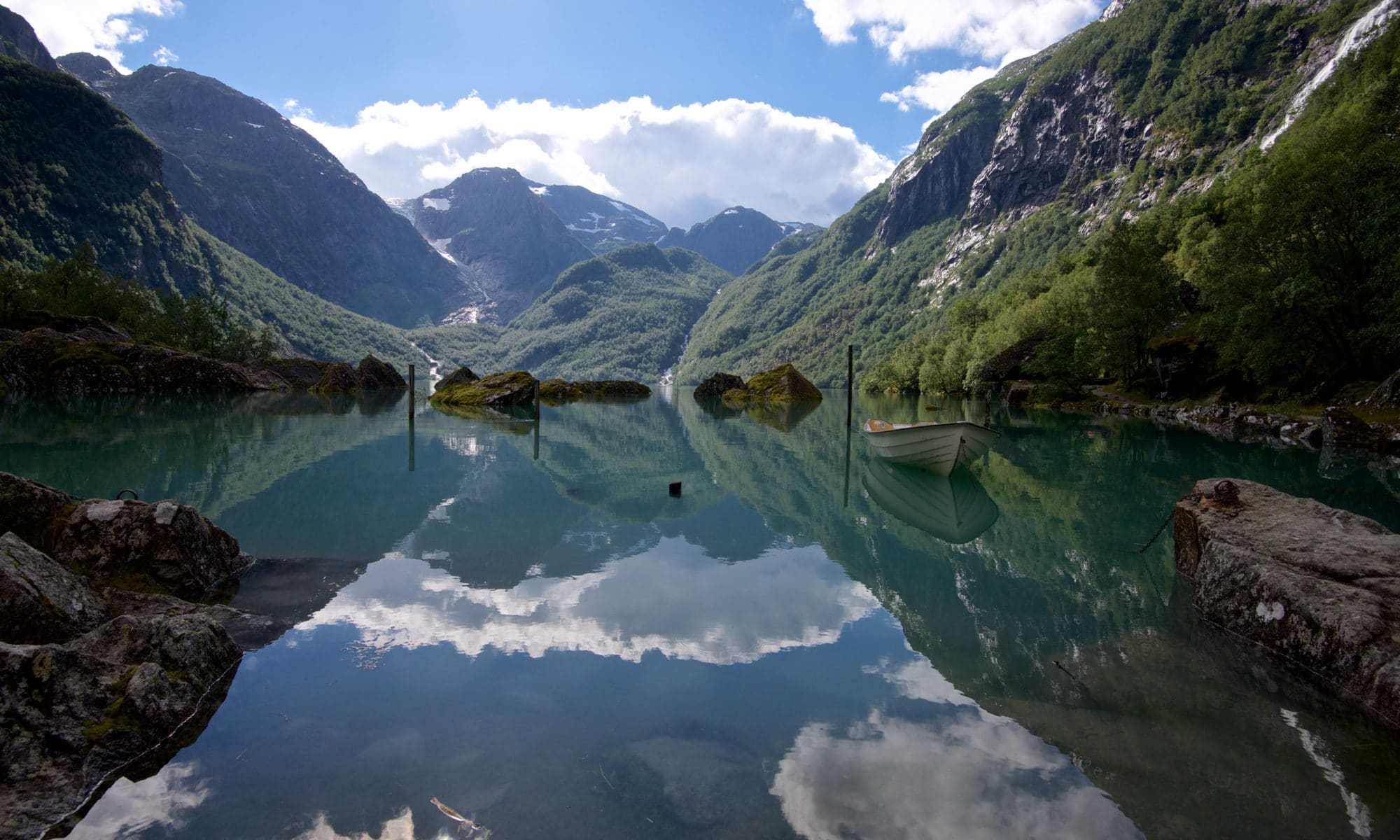
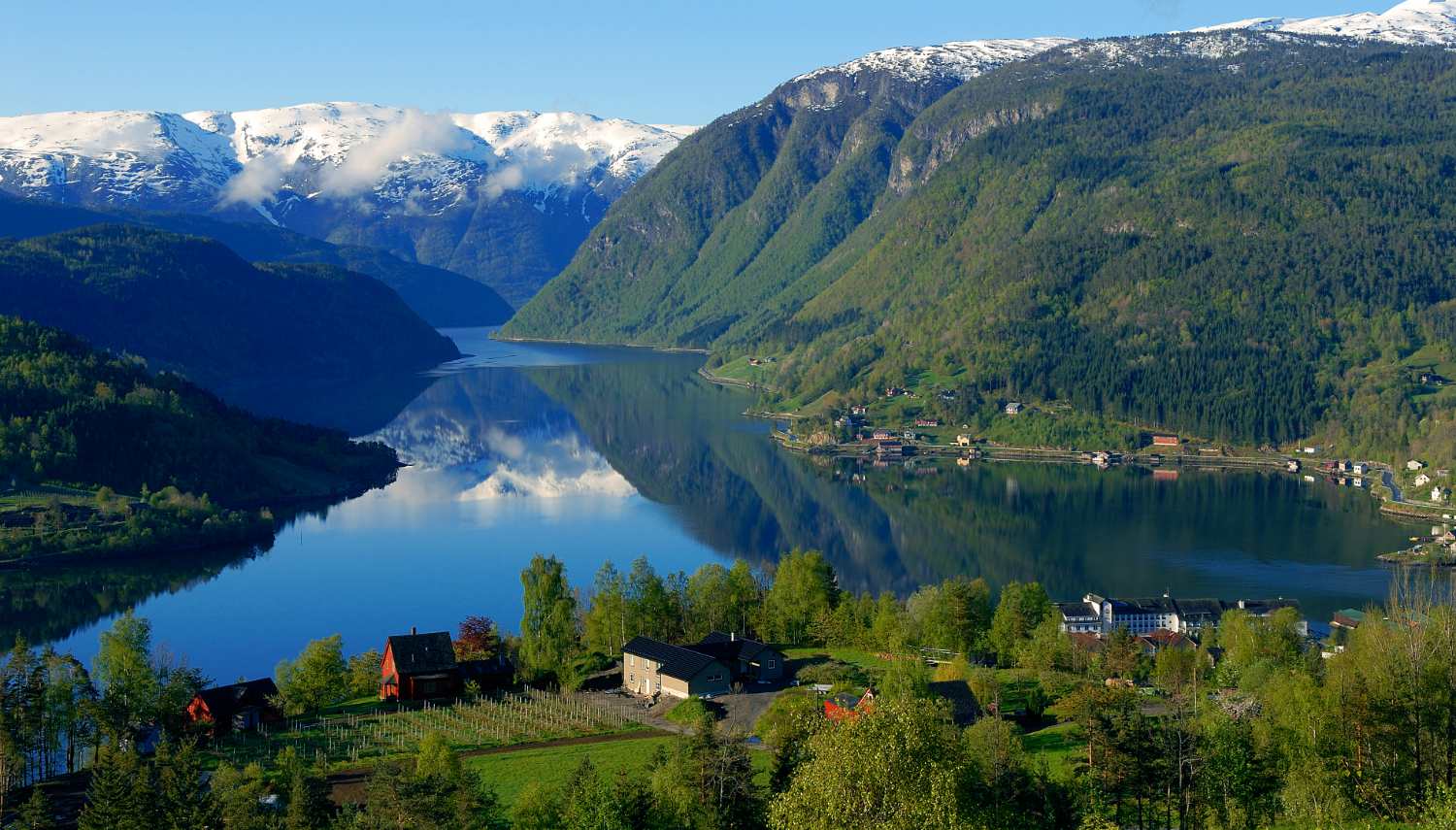
The fjord, the mountains, and the glacier. Waterfalls, hundreds of thousands of fruit trees, and lively villages. With a rich food and cultural history, world-famous icons, and unique nature experiences, it is not difficult to understand why Hardanger has been a popular travel destination for already hundreds of years. The region, consisting of the municipalities of Kvam, Eidfjord, Kvinnherad, Ullensvang, and Ulvik, is difficult to describe in words.
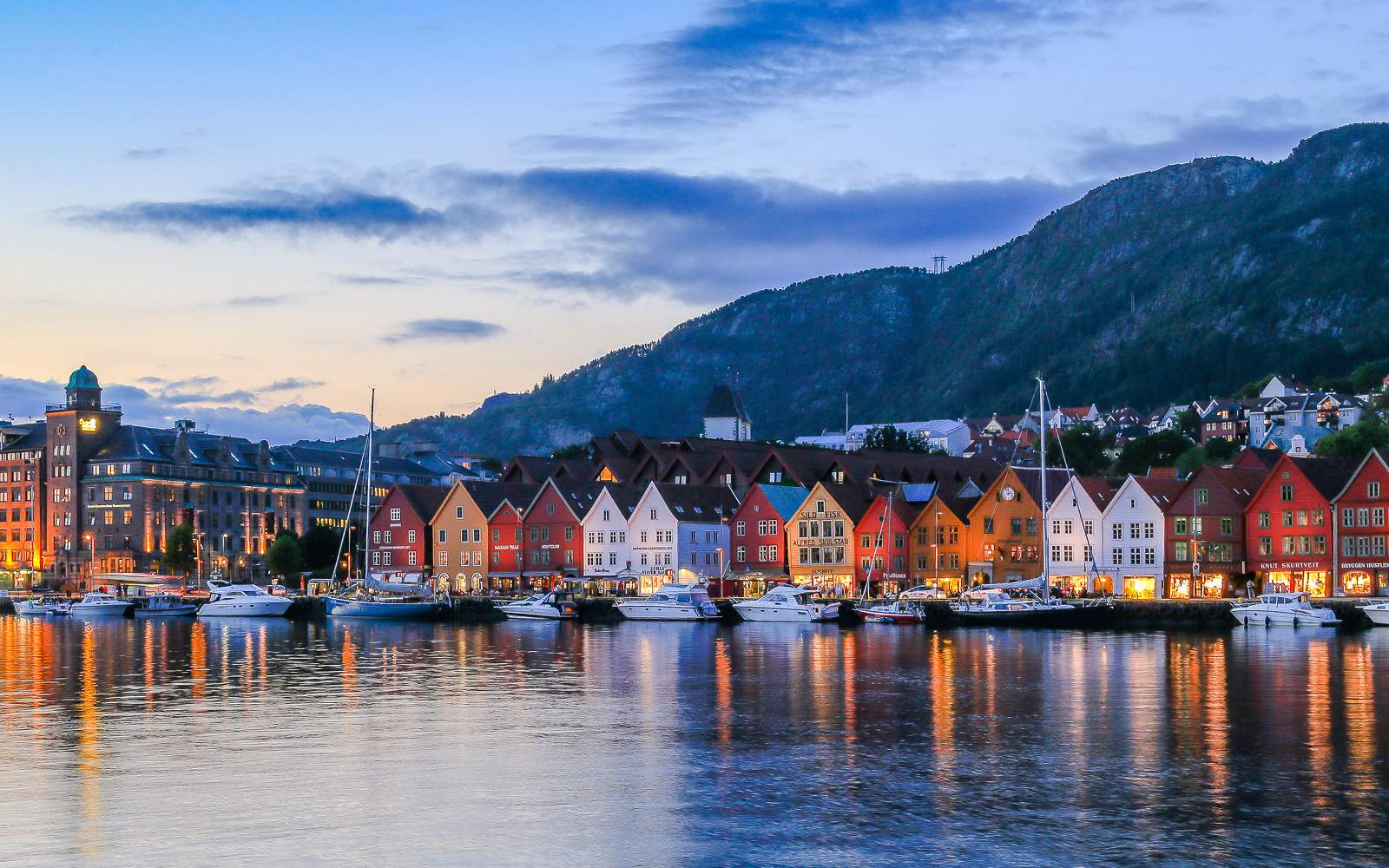
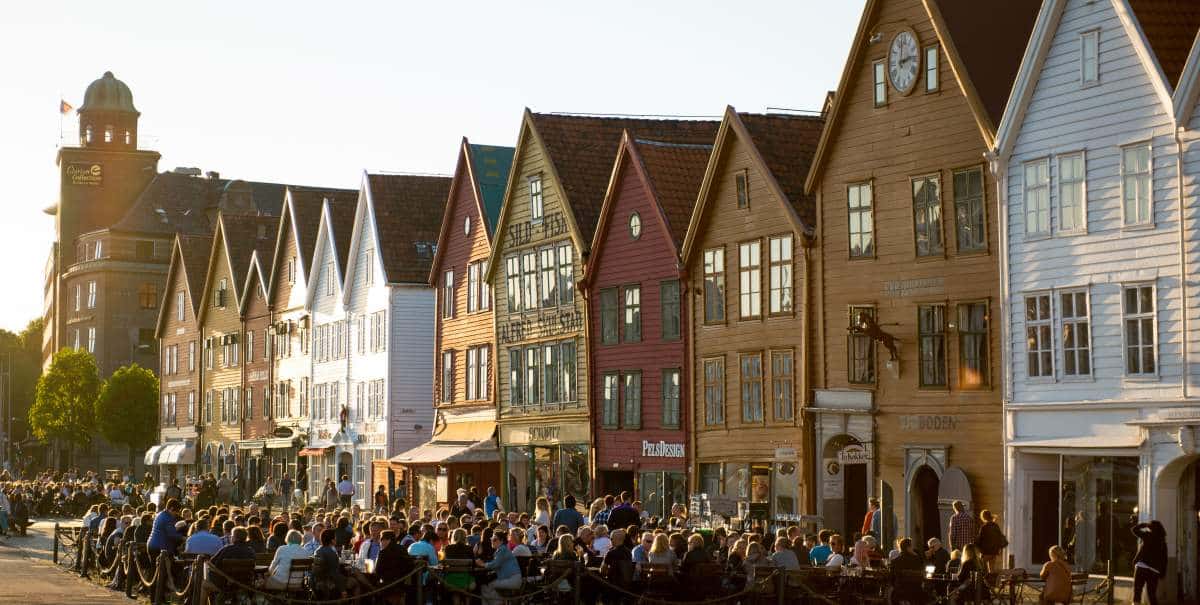
With an architectural heritage you won’t find anywhere else in the Nordics, the beauty and romance of Bergen stands unparalleled and almost every street corner unveils a new treasure. Bergen’s has contemporary cutting-edge timber architecture, rooted both in the past and built for the future
Bergen is a city and municipality in Vestland county on the west coast of Norway. The city centre and northern neighbourhoods are on Byfjorden, ‘the city fjord’, and the city is surrounded by mountains; Bergen is known as the “city of seven mountains”. Many of the extra-municipal suburbs are on islands. Bergen is the administrative centre of Vestland county.
The city centre of Bergen lies in the west of the municipality, facing the fjord of Byfjorden. It is among a group of mountains known as the Seven Mountains, although the number is a matter of definition.
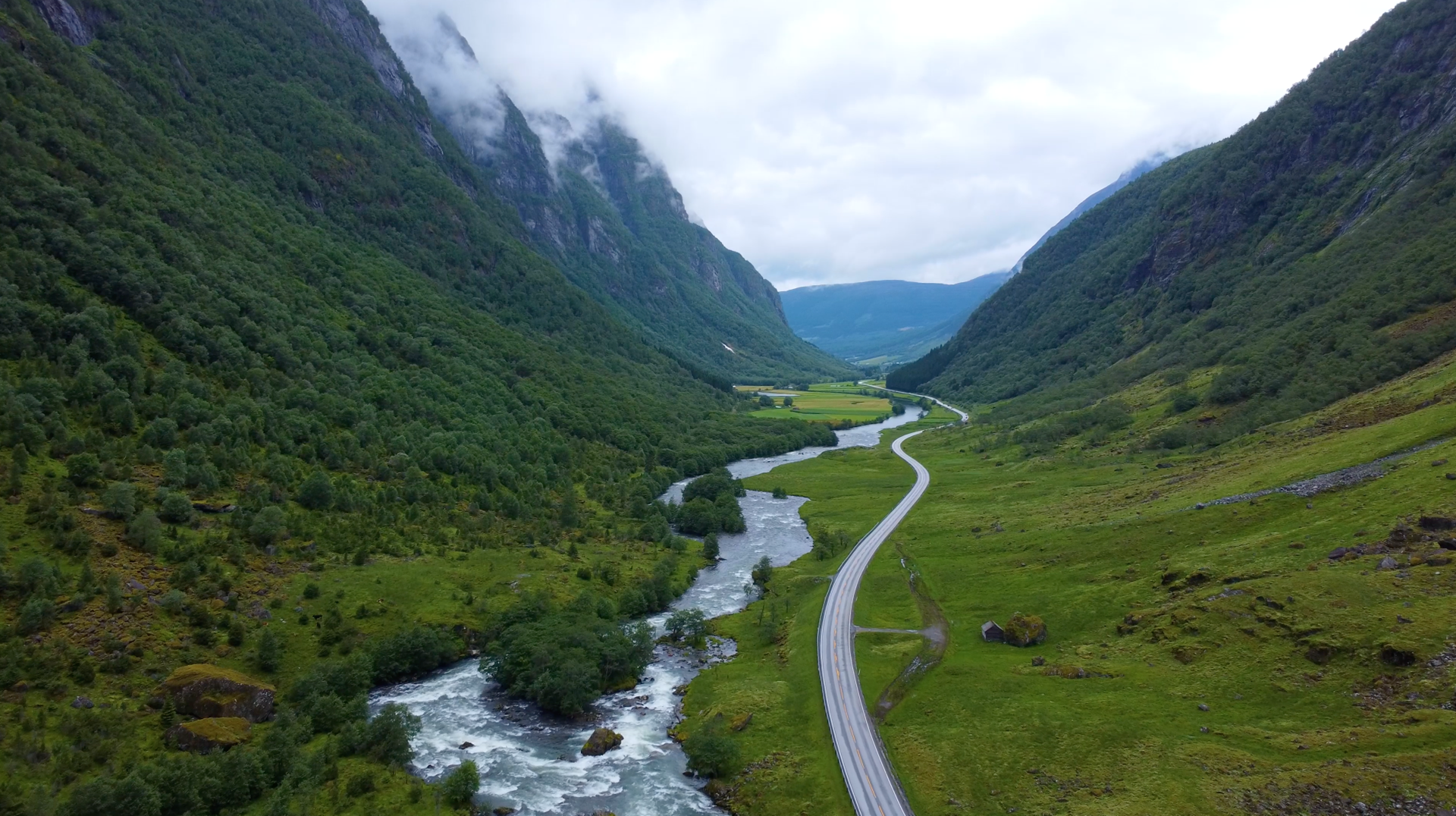


Viken Skog Headquarter (2007) is formed as a large display window in order to present wood both as modern construction material and as contemporary surface material – against one of the main roads to Oslo.
The pine forest and the prepared wood exterior starts the story. Blueberry and heather grow close to the building. The high pine trees create an open filter between the main road and the building. The Glass prism stretches against the wood and the road – and invites you into the mystery of trees. The main entrance gives a sense of walking through the darkest part of the forest and seeing the meadow open up – you meet the entire lobby area.
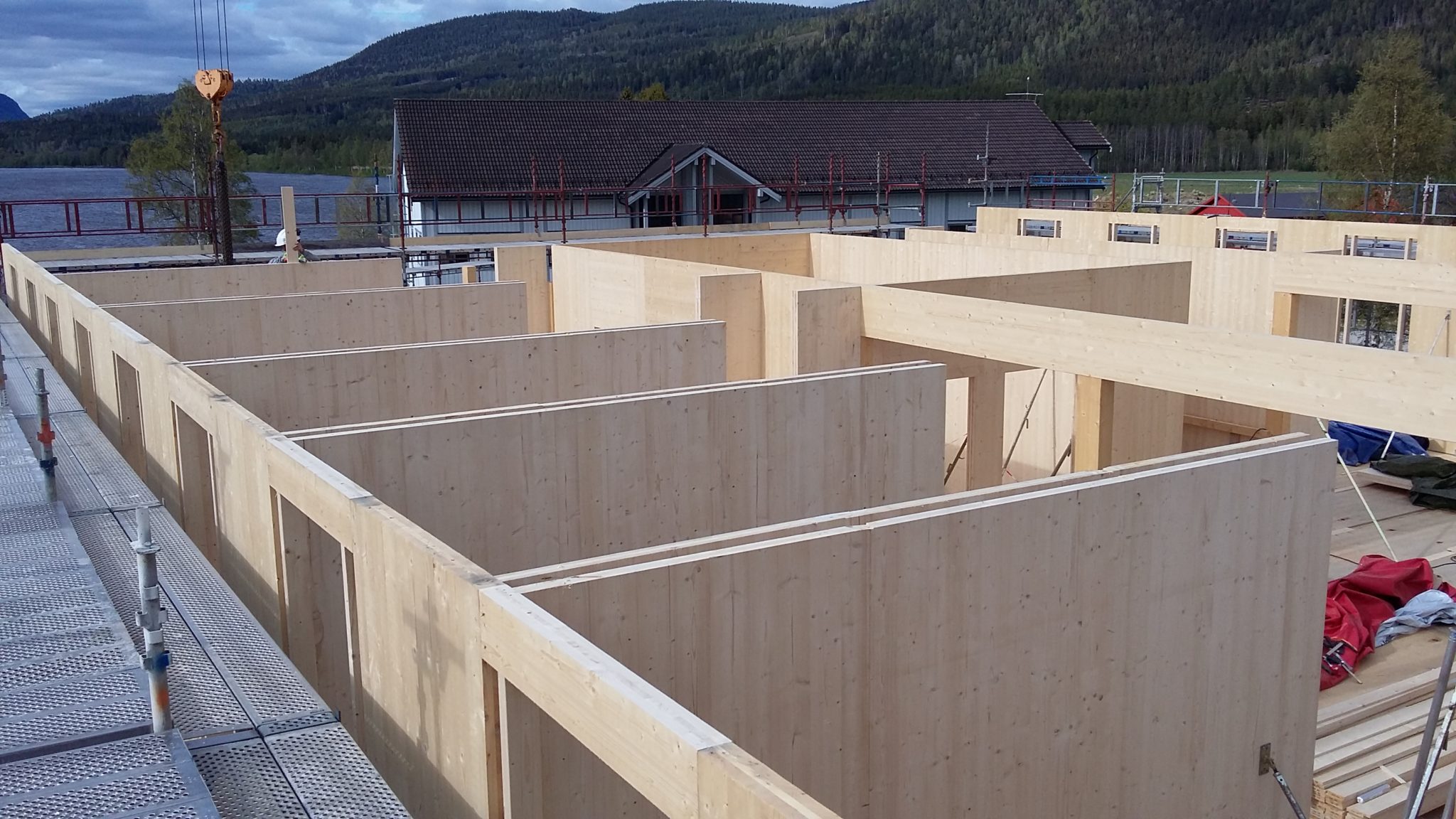
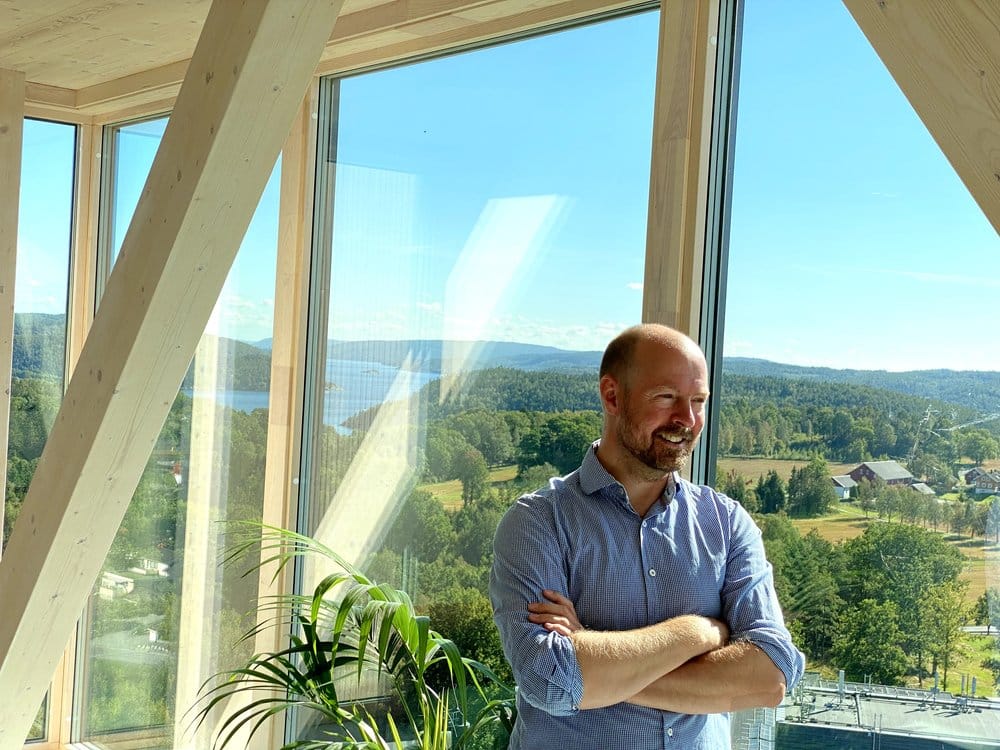
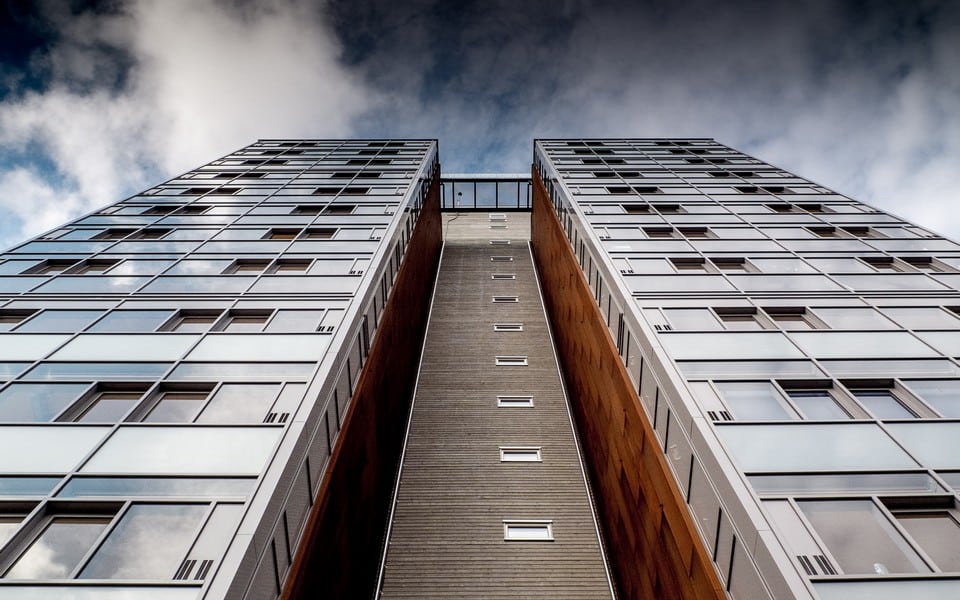
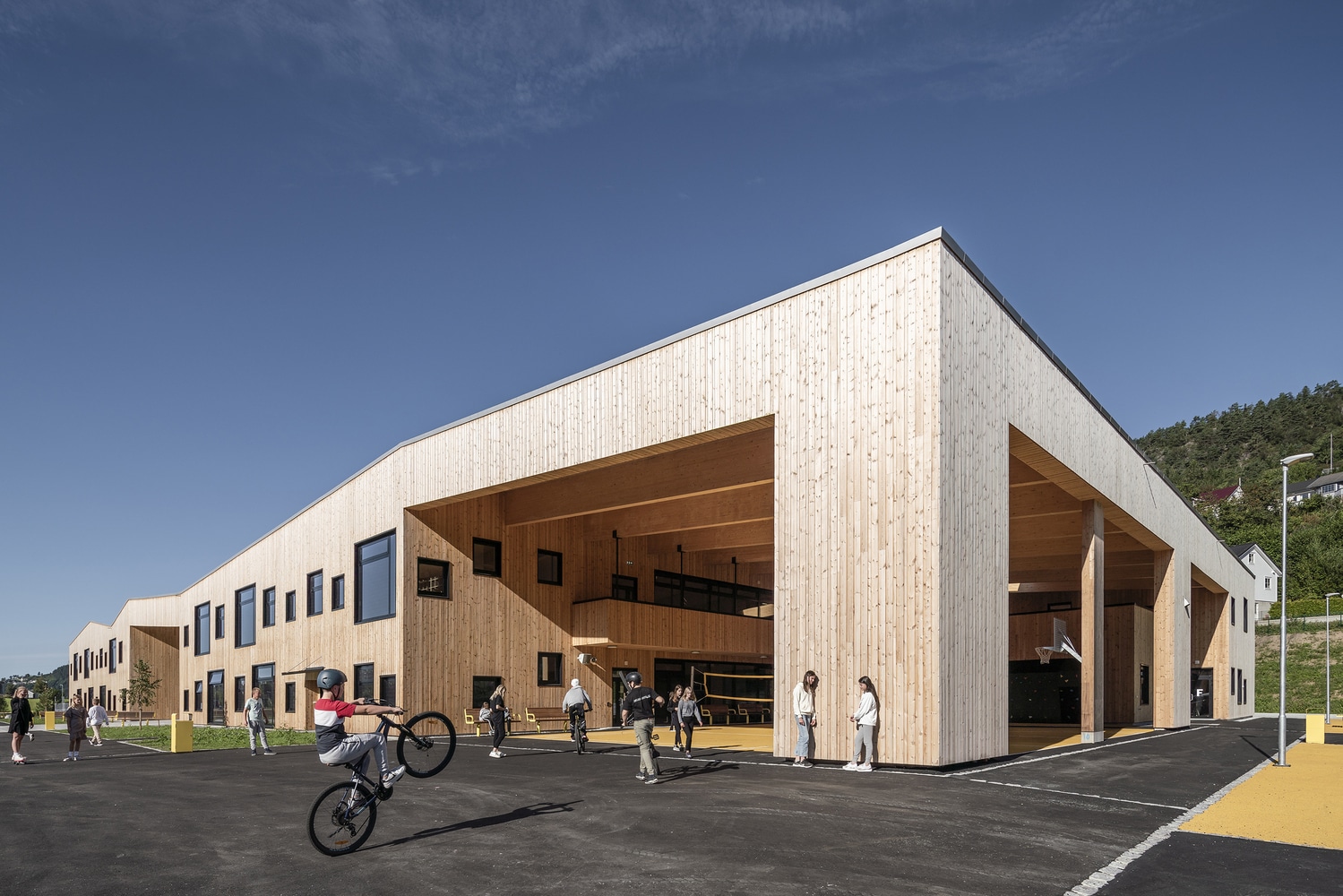
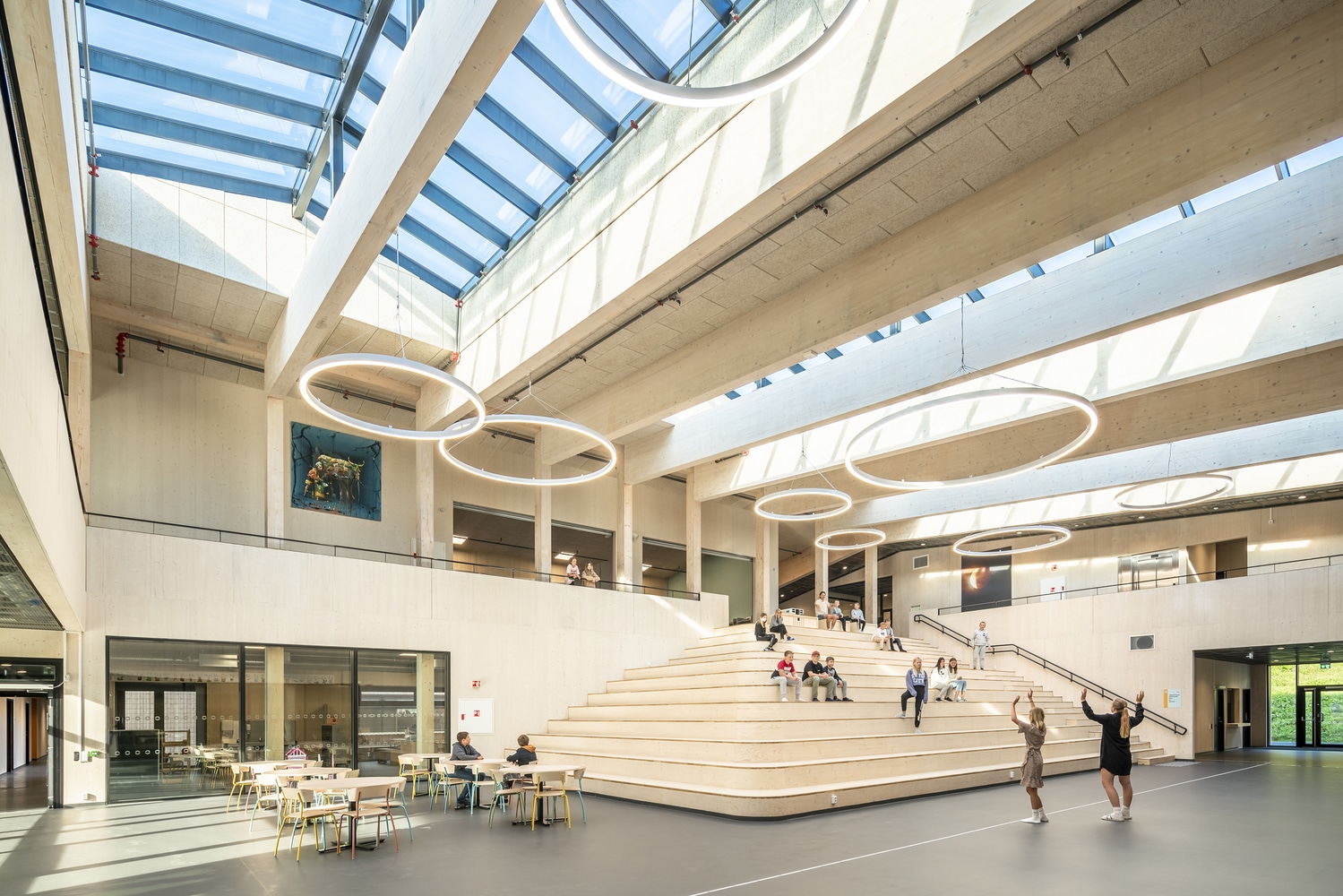
The school has extensive use of solid wood, which significantly reduces climate footprint and a stable indoor humidity level. Exterior walls, interior walls, floor dividers, roofs, stairs, railings, and load-bearing interior walls are solid wood. Even non-load-bearing interior walls are clad in the solid wood surface. In addition, the school has hybrid ventilation, which combines both mechanical and natural air supplies. The ventilation method lets fresh air in through automatically controlled windows, improves air quality, and effectively regulates the temperature.
Structural Engineer: Degree of Freedom (WCTE-Silver sponsor) Architects: LINK arkitektur
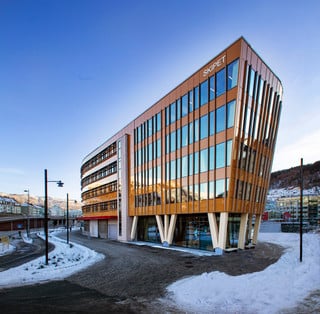

The building is the first and largest commercial building in Bergen to be built in CLT. The architecture is unique and exciting, where the wood in the construction becomes partially visible. At the end of 2020, workers moved into their new office space at Skipet. Located by the sea in Solheimsviken, it is Bergen’s first and largest commercial building made of ‘massivtre’ (Cross Laminated Timber).
By using massivtre instead of cement, CO2 emissions during construction are reduced by some 50 per cent. As a result, Skipet is one of the city’s most sustainable buildings, being classed as ‘BREEAM Excellent’. BREEAM is a classification system for new buildings that documents their environmental and health impacts. Besides its massivtre construction, Skipet – which was built by GC Rieber Eiendom – features solar panels, a living green rooftop, and battery storage in its basement consisting of recycled electric car batteries.
